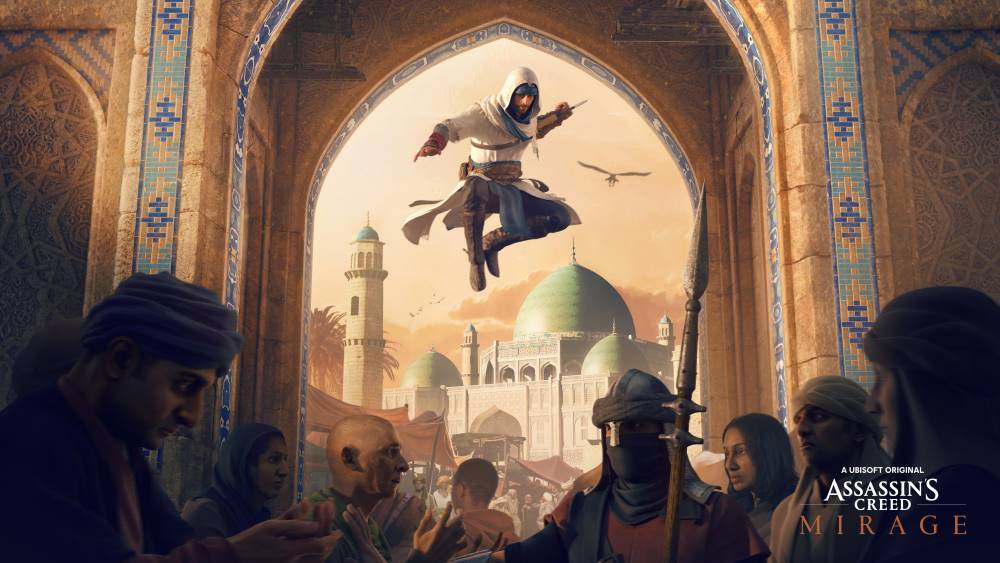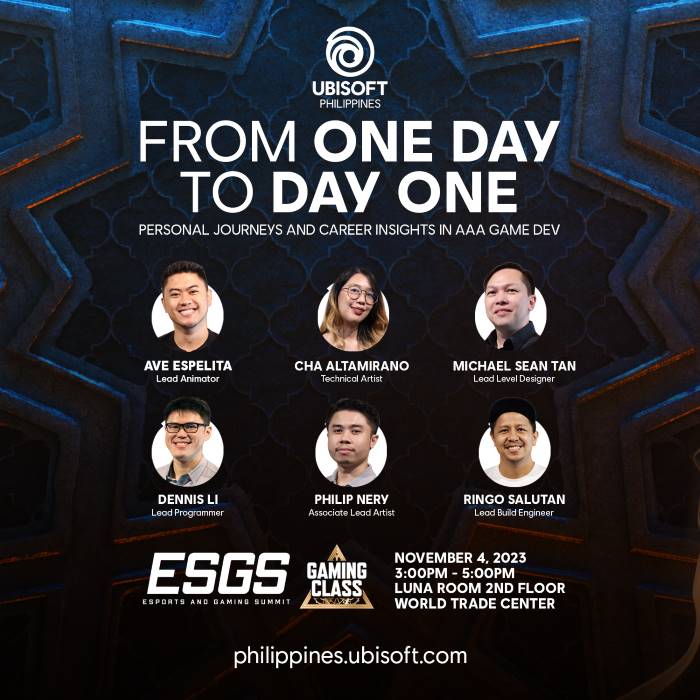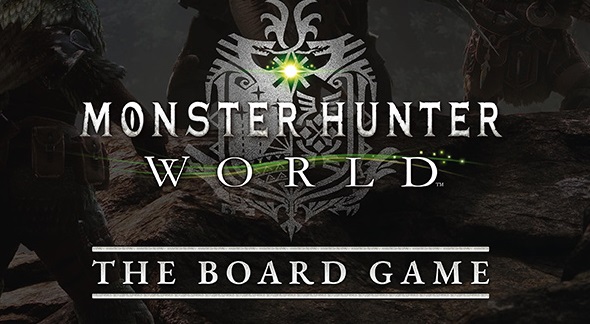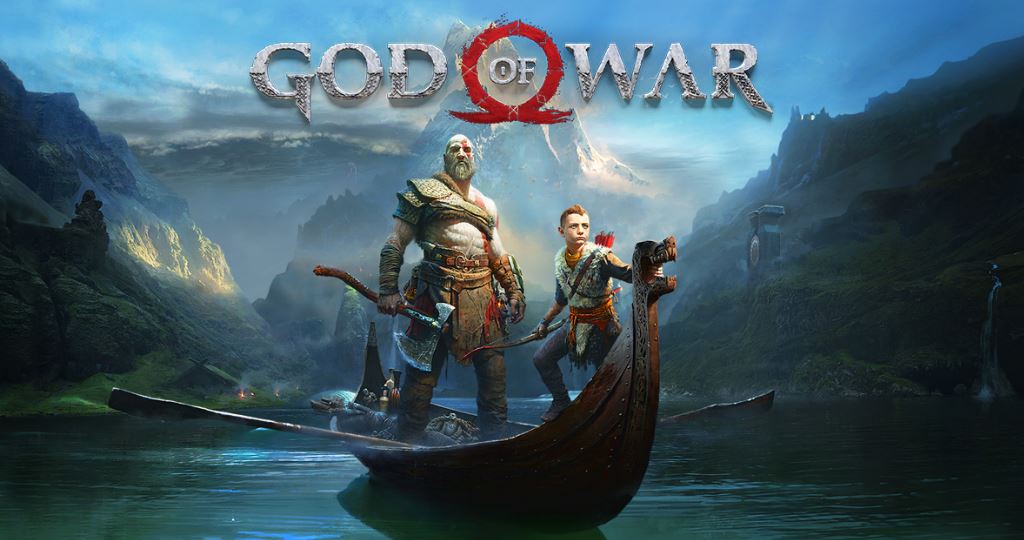Assassin’s Creed Mirage Comes to Life With Help From Ubisoft Philippines
Local talent shines in Assassin’s Creed Mirage, where Ubisoft Philippines continues to set the benchmark for AAA game development in the country.
Drawing on years of expertise in the AC franchise, the studio took ownership of several key aspects of Mirage’s level design, worldbuilding, and gameplay programming, most notably in the Philippine-designed district of Sharqiyah, the game’s arsenal of Assassin Tools – the largest assortment in franchise history to date – and the inumerable architecture, points of interest, props, gameplay objects, and animations that bring the dense and vibrant city of 9th century Baghdad to life.
Assassin’s Creed Mirage marks the studio’s 11th AAA game, following the release of fellow flagship titles Far Cry 6 and AC Valhalla. Co-developed with lead studio Ubisoft Bordeaux, the game is a collective effort among Ubisoft studios in the Philippines, Singapore, Montreal, Montpellier, Sofia, Kyiv, Bucharest, Odesa, Belgrade, Quebec, Shanghai, and Craiova.
Related – Read our Assassin’s Creed Mirage review

Assassin’s Creed Mirage revisits the roots of the series and builds on the features and gameplay of the original games – a modern take on the classic formula that Ubisoft Philippines, together with experts and world-class talent around the world, has sought to recapture in Mirage.
From concept to completion, the studio’s homegrown talent of designers, artists, and tech experts led the worldbuilding in Sharqiyah, a militarized district in one of the four main regions of Assassin’s Creed Mirage and a prominent location in the main questline.
The team iterated upon the layout and 3D spaces of the district, deconstructing elements from historical sources and taking constant feedback from different disciplines across the game development pipeline.
These spaces eventually became the key military locations in Sharqiyah, such as the Great Garrison, the Officers’ Club, Qasr Salih, and the surrounding wilderness areas in Jarjarayah.

Within these locations, the team built upon the core experience of classic AC titles and established the interconnected parkour paths, gameplay setups, and ingredients for seamless stealth and combat, as well as the overall look and feel of the place, complete with lighting, dynamic crowd life, and enemy patrols that react to the player’s every move.
“The challenge was taking a world that people have only read about in historical texts and translating that into a satisfying player experience,” said Lead Level Designer Michael Sean Tan, echoing remarks from his team.
Working on a district this big in Assassin’s Creed Mirage, Level Designers Nicolas Dela Cruz and Edmund Cruz said that they aligned their design intentions with those of fellow Level, Quest, and Cinematic Designers from partner studios, ensuring that Sharqiyah was properly integrated with the rest of the city infrastructure.
For instance, Nicolas shared that he took into account the player paths in bordering areas in designing the available entry points to the heavily guarded villa of Qasr Salih. Similarly, for the Great Garrison, where the Sharqiyah main quests culminate, Edmund stressed how unscalable the location may initially appear for the player. This design naturally prompts the player to seek opportunities to start the high-stakes black box
mission, where the player can choose to infiltrate the area through cleverly hidden openings in Assassin’s Creed Mirage.
“We don’t design in a bubble,” their Lead Level Designer said.
“You have to realize that for a game this big, you have to rely on a lot of people and be truly part of a team. So, seeing players finally enjoy the game – something we made beautiful together – was the sweetest acknowledgement of all our hard work,” Tan added.

The world-class level of Filipino artistry presents itself beyond Sharqiyah and to the whole of 9th century Baghdad, where the team successfully brought the city’s rich history to life in Assassin’s Creed Mirage.
Associate Lead Artists Philip Nery and Jerrol Cadores shared how recreating Baghdad was an incredibly careful balancing act between collecting the right references, solving technical constraints, and adding the team’s own creative ideas that kept everything grounded and believable.
“Taking creative briefs from our Art Directors, we immersed ourselves in references of the period, asking questions such as what the construction methods were during the time, what materials they used, and the prevalent basic shapes and patterns,” Nery said.
Furthermore, they added that the version of Baghdad in Assassin’s Creed Mirage was built with parkour and stealth in mind, creating a densely packed open playground where players are free to parkour and traverse the city to their hearts’ content. Nery cited the palaces and the Great Bazaar, which are just a few among the many landmarks and points of interest that populate the city.
“For the domes of the Palace of the Green Dome, we spent a lot of time iterating on the right size, properly. We had to scale up or down, just to be sure they have the best height and are large enough for Basim to see from a distance and climb over,” he explained.
Meanwhile, gameplay objects made by Cadores’ team allow Basim to seamlessly flow across the city, whether through carefully placed rope swings or intricately fashioned sets of items that let him slide above or rollover.

One of the biggest gameplay objects, the Dromon Ship which Cadores personally worked on, is a key landmark in the harbor area and is featured prominently in some of the main quests – one early on in the game where Basim is tasked to rescue rebels and another further on where the ship is used to lure a member of the Order.
“Every part of the ship has a purpose,“ Cadores said. “From the ropes connecting the mast down to the deck space and the hull, all of it was crafted with detailed intentions such as areas of accessibility where you can and cannot climb, the overall space for the AIs, and the opportunities for stealth to execute different types of assassinations.”
At the end of production, the two Associate Leads said that Assassin’s Creed Mirage is another great milestone for their teams.
“I couldn’t have been prouder of our team. The fact that together with our co-dev partners we were able to build a dense and vibrant city of this size shows not only that Filipino artistry is world-class but also that the team is capable of growing and training that level of talent,” Nery said.
The Philippines’ Gameplay Programming team took on the complex task of developing the largest assortment of Assassin Tools in franchise history, closely working with Ubisoft Singapore in designing and implementing Basim’s arsenal of throwing knives, smoke bombs, noisemakers, blowdarts, and traps – including their many combinations and upgrade paths found in Assassin’s Creed Mirage.
When conceptualizing the tools, the Philippine and Singapore teams underwent “Glory and Effort” exercises where they would evaluate ideas based on how much “glory” or fun it affords the player and the corresponding effort it would take to develop them not just in programming but also across other disciplines.
Lead Programmer Dennis Li said that part of their goal was to give players a myriad of options to fulfill the ultimate Master Assassin fantasy, whether by hurling knives at enemies or deploying smoke bombs to escape tight situations.
From a technical perspective, he said the challenge was to take into account how these tools worked together and their combined effects.
“You can imagine the number of combinations that can occur with the five tools and their upgrades,” he said, noting how players can use one poisonous variant of the smokebomb with a lighter version of the throwing knives – to cite just one among many examples. How the AIs – the enemies and Baghdad’s crowd life – would react could differ each and every time, he explained. The effects may compound together, creating many layers for his team of gameplay programmers to code and debug.

He added that this is where the QA team comes in – to test how they might all play out and ensure they work just as intended. Working with QA, including the studio’s own Game Testers, the Philippine and Singapore studios were able to finetune the mechanics and provide an exciting set of tools for players to experiment with. Besides the tools, the local studio’s programmers also owned the technical aspect of the Pickpocket mechanic of Assassin’s Creed Mirage, where Basim can use sleight of hand to steal from unsuspecting NPCs.
“The resulting situation and how the NPCs react depend on whether the player succeeds or fails in the pickpocket – if you’re caught in the act, the NPCs may call nearby guards, but if you’re fast enough, you may just get away with it,” said Gameplay Programmer Charles Lim who worked on the feature.
Following Assassin’s Creed Mirage’s release, Dennis, Charles and the rest of the Programming team sat down and watched the reviews.
“Whenever I watch gameplay or reviews of the game, I always see different playstyles, with different combinations of the tools being used in missions. That to me is a huge success for our team, because it means we accomplished our goal of letting players decide how they want to play,” Dennis said.
Assassins’ Creed Mirage is a testament to how far AAA game development has come in the country, with Ubisoft Philippines taking the lead in bringing more and more local talent to the world stage.
The studio brings together a diverse team of developers from across disciplines, Philippine provinces – from Baguio to Laguna, Bicol, Aklan, and Cagayan De Oro – and a wide range of industries, from architecture to advertising, research, accountancy, public health, and more. With 11 AAA titles and 5 flagship franchises under its belt, Ubisoft Philippines will continue to Create the Unknown, staying committed to growing the local industry and further inspiring the next batch of game developers.
Fans and aspiring talent who are curious to learn more about the co-development of Assassin’s Creed Mirage and other titles as well as careers in Ubisoft Philippines will be able to meet with the developers on November 4 from 3:00 – 5:00 PM at this year’s Electronic and Esports Gaming Summit (ESGS).





